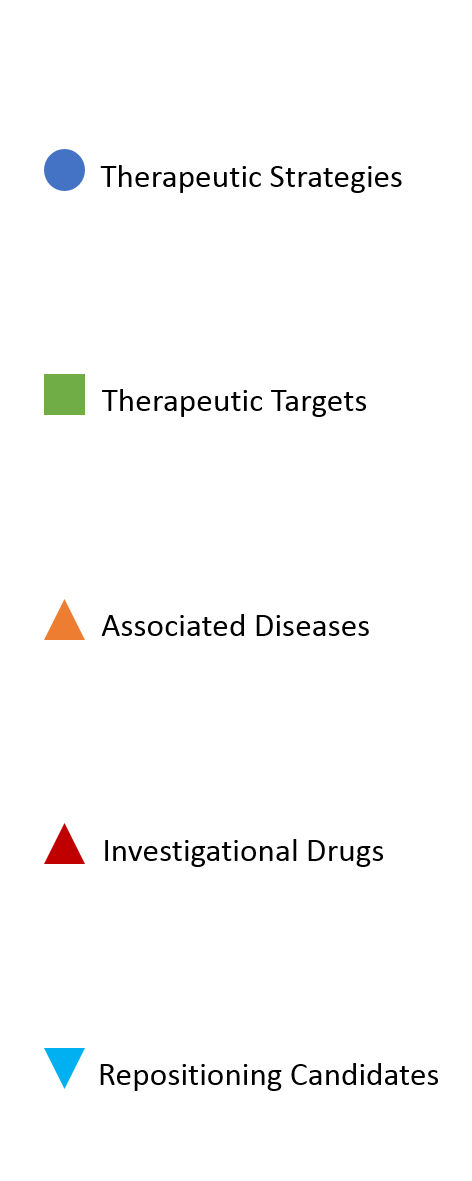Repositioning Candidate Details
| Candidate ID: | R0474 |
| Source ID: | DB01275 |
| Source Type: | approved |
| Compound Type: | small molecule |
| Compound Name: | Hydralazine |
| Synonyms: | (1Z)-1(2H)-Phthalazinone hydrazone; (2H)-Phthalazinone hydrazone; 1-Hydrazinophthalazine; 1-Phthalazinylhydrazine; 6-Hydralazine; Hydralazin; Hydralazine; Hydrallazine; Hydrazinophthalazine; Hydrazone 1(2H)-phthalazinone; Hypophthalin; Idralazina; Phthalazin-1-ylhydrazine |
| Molecular Formula: | C8H8N4 |
| SMILES: | NNC1=NN=CC2=CC=CC=C12 |
| Structure: |
|
| DrugBank Description: | Originally developed in the 1950s as a malaria treatment, hydralazine showed antihypertensive ability and was soon repurposed. Hydralazine is a hydrazine derivative vasodilator used alone or as adjunct therapy in the treatment of hypertension and only as adjunct therapy in the treatment of heart failure. Hydralazine is no longer a first line therapy for these indications since the development of newer antihypertensive medications. Hydralazine hydrochloride was FDA approved on 15 January 1953. |
| CAS Number: | 86-54-4 |
| Molecular Weight: | 160.1759 |
| DrugBank Indication: | Hydralazine is indicated alone or adjunct to standard therapy to treat essential hypertension. A combination product with isosorbide dinitrate is indicated as an adjunct therapy in the treatment of heart failure. |
| DrugBank Pharmacology: | Hydralazine interferes with calcium transport to relax arteriolar smooth muscle and lower blood pressure. Hydralazine has a short duration of action of 2-6h. This drug has a wide therapeutic window, as patients can tolerate doses of up to 300mg. Patients should be cautioned regarding the risk of developing systemic lupus erythematosus syndrome. |
| DrugBank MoA: | Hydralazine may interfere with calcium transport in vascular smooth muscle by an unknown mechanism to relax arteriolar smooth muscle and lower blood pressure. The interference with calcium transport may be by preventing influx of calcium into cells, preventing calcium release from intracellular compartments, directly acting on actin and myosin, or a combination of these actions. This decrease in vascular resistance leads to increased heart rate, stroke volume, and cardiac output. Hydralazine also competes with protocollagen prolyl hydroxylase (CPH) for free iron. This competition inhibits CPH mediated hydroxylation of HIF-1α, preventing the degradation of HIF-1α. Induction of HIF-1α and VEGF promote proliferation of endothelial cells and angiogenesis. |
| Targets: | Membrane primary amine oxidase inhibitor; Prolyl 4-hydroxylase subunit alpha-1 inhibitor; Hypoxia-inducible factor 1-alpha inducer |
| Inclusion Criteria: | Indication associated |

| Strategy ID | Strategy | Synonyms | Related Targets | Related Drugs |
|---|
| Diseases ID | DO ID | Disease Name | Definition | Class | |
|---|---|---|---|---|---|
| I16 | 6713 | Cerebrovascular disease | An vascular disease that is characterized by dysfunction of the blood vessels supplying the brain. http://en.wikipedia.org/wiki/Cerebrovascular_disease, http://www.ncbi.nlm.nih.gov/books/NBK378/ | disease of anatomical entity/ cardiovascular system disease/ vascular disease/cerebrovascular disease | Details |
| I12 | 10763 | Hypertension | An artery disease characterized by chronic elevated blood pressure in the arteries. https://en.wikipedia.org/wiki/Hypertension, https://www.ncbi.nlm.nih.gov/pubmed/24352797 | disease of anatomical entity/ cardiovascular system disease/vascular disease/ artery disease | Details |
